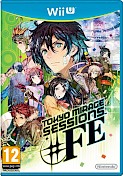Review: Tokyo Mirage Sessions #FE
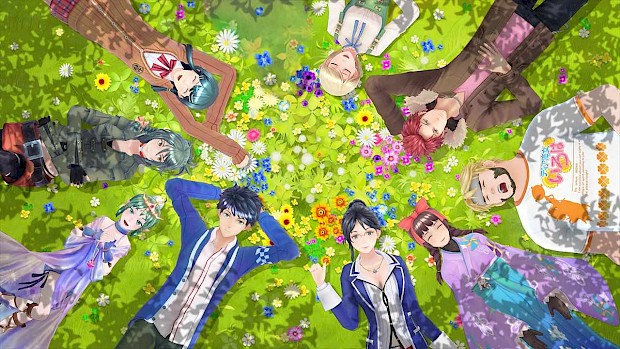
Posted 22 Jun 2016 at 13:00 by Nick Lone
Atlus' Fire Emblem and Shin Migame Tensei RPG crossover finally makes its way on to Western shores to fill in yet another drought in the Wii U's sparse release schedule. Is it worth cancelling your trip to Butlins and ignoring a pleasently warm European Summer for?
First talked about as a Fire Emblem / Shin Megami Tensei crossover waaaay back in 2013, we didn't catch our first real glimpse of Atlus' much anticipated Wii U RPG debut until April 2015, where a short trailer undoubtedly confused 99% of the Nintendo Direct watching public. Scantily clad schoolgirls, bizzare looking characters kind of, sort of singing and some of the aforementioned series' heroes nonchalantly stood in the background of it all... What was this wizardry? This. incredibly. Japanese. wizadry? The trailer undoubtedly threw up more questions than answers. Here, in mid-2016 after countless tiresome discussions about censorship, I'd be surprised if anyone was actually any the wiser to what this game actually is. So let us share with you that wisdom, in our review of Tokyo Mirage Sessions #FE (that's "Sharp-ef-ee").
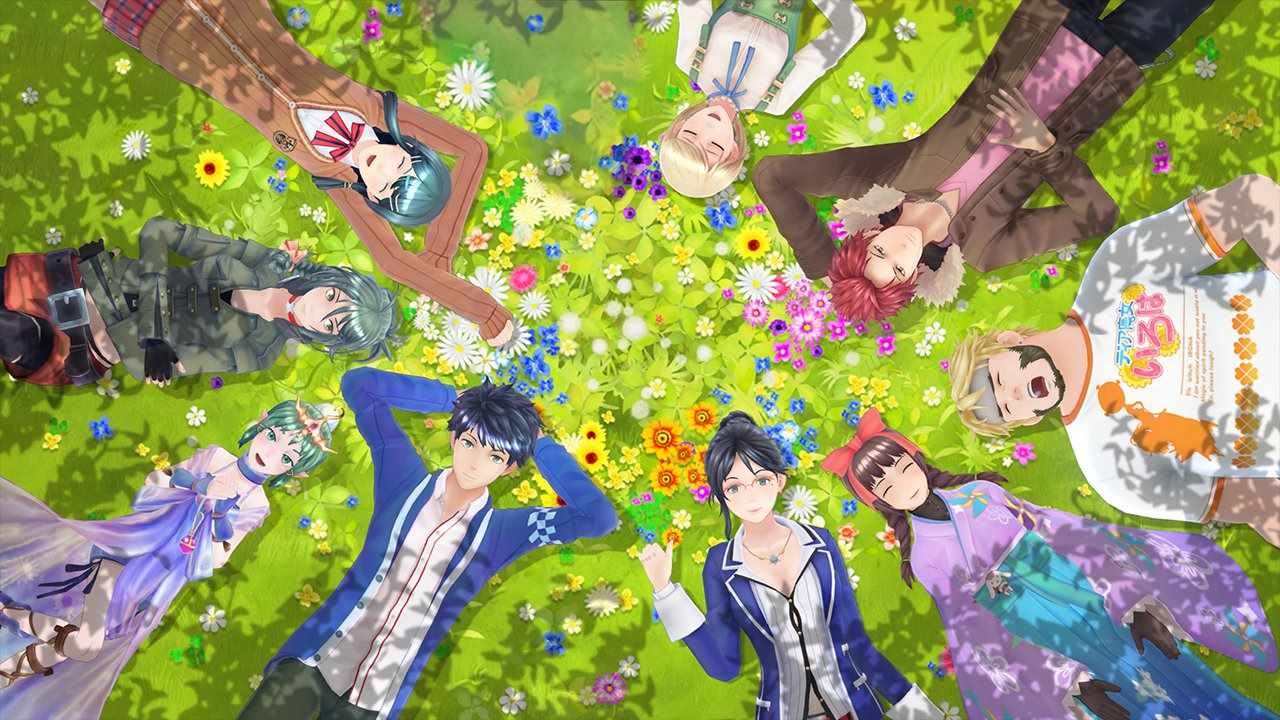 Spot the Westerner! Who can pick out 'Barry'?
Spot the Westerner! Who can pick out 'Barry'?
Let's get this out of the way at the beginning, this is not a Fire Emblem game, it is not a tactical RPG in the vain of Fire Emblem, it is very, very far from that. What it is, is an Atlus-developed, story-driven RPG in the vain of the Shin Megami Tensei / Persona series. At least it heavily borrows ideas and mechanics from those series. Still none the wiser? Nope, neither was I. It's my shame to admit that I have never played a Persona game and have put a pitiful 10 hours into SMT IV on the 3DS, but bear with me those of you who also have little or no experience of the Atlus staple, we'll get through this together!
You play as Itsuki Aoi, the lovelable but shy young man who is seemingly always so typically cast as the protagonist of these JRPGs. He's a classmate of Tsubasa Oribe the eighteen, read eighteen, year-old female protaginist who seeks to emulate her sister and become a pop-idol. Another of their friends Toma Akagi - a confident, aspiring actor makes up the final third of the initial playable characters. Itsuki, playing his role to a tee, has no desire to enter show business, but is somehow dragged along as the bad guys (mirages) from an alternate dimension (the Idolosphere) seek to harvest 'performa' from talented young individuals in order to destory the world. However, that's not all, some mirages form an alliance with humans in order to protect the real world from all of this nastiness, and here enters the Fire Emblem crowd. Still with me? Good, let's continue.
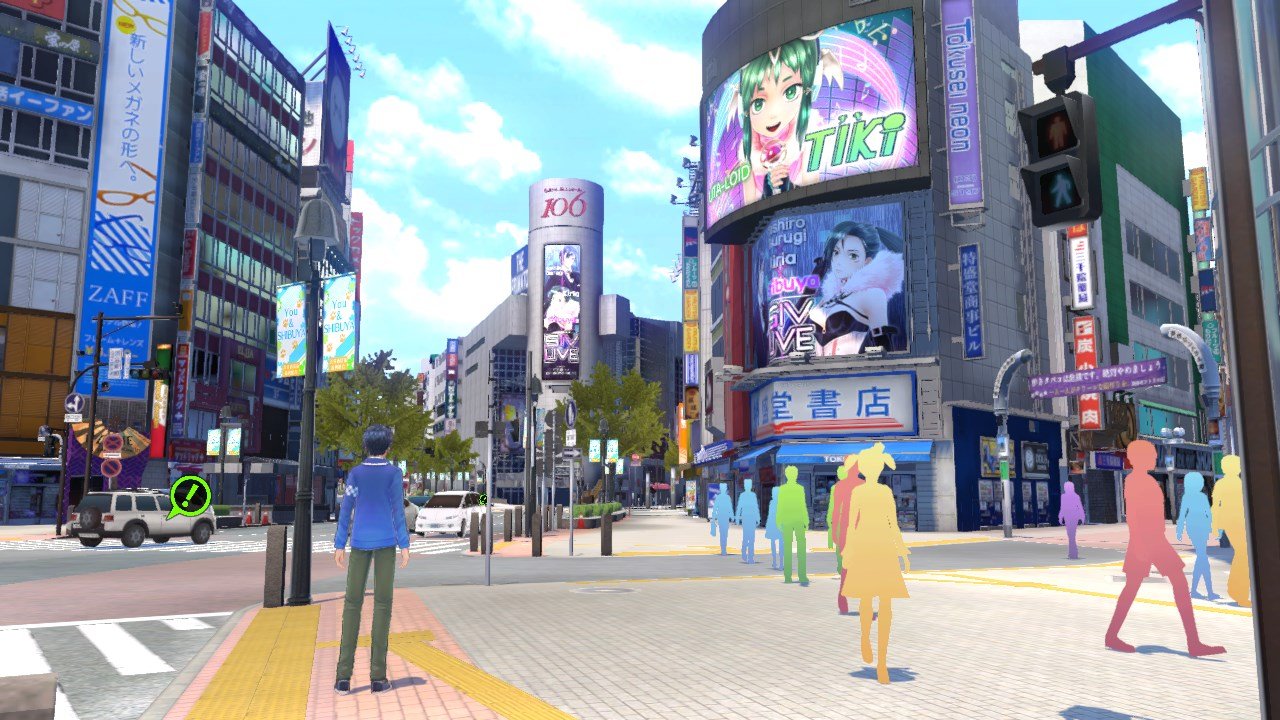
Eventually, after an bad mirage attack at one of Tsubasa's auditions, Itsuki is introduced to his good mirage, Chrom from Fire Emblem: Awakening and is whisked off to the talent agency 'Fortuna Entertainment'. Fortuna is actually a front which seeks to recruit 'mirage masters' (those talented individuals who work with the good mirages) in an effort to combat evil. All of this takes places in modern day Tokyo with Itsuki (reluctantly so) and co. (less reluctantly) not only trying to become mega stars, but combating all this unpleasantness along the way. Cue JRPG story about growing up, love and self-understanding with heavy J-Pop themes for good measure. As formulaic as this all may sound, the modern day setting is infact a stroke of genius by the writers as it allows the characters to remain (relatively) grounded and touch upon issues more relevant to the real world as opposed to a more fantasy oriented setting, it's all actually a breath of fresh air in the genre and is engaging right up to its conclusion, forty or so hours down the road.
The cast of characters you meet along the way are always entertaining, the dialogue is witty and seems well translated for a Western audience. Of course one of the biggest issues many had with the Western release is the lack of a English language dub. Personally, I didn't have a problem with it, purists may agree, others may find it annoying to listen to hours upon hours of Japanese dialogue. I feel the decision was the correct one because of the sheer number of songs in the game which are all sung by the cast themselves as they try to scale the dizzy heights of idol stardom. Also, the fact that Barry Goodman, an otaku culture loving westerner working as Fortuna's dance instructor, often slips English language into his spoken dialogue forces a wry smile and makes the controversial decision kind of worth it. The game's cast is kept in constant communication via the use of the Wii U gamepad which cleverly acts as your smartphone. Here you can recieve text messages from different characters, check the story, your missions or use your map. No off TV play then, but the integration here is so well implemented, it's not missed.
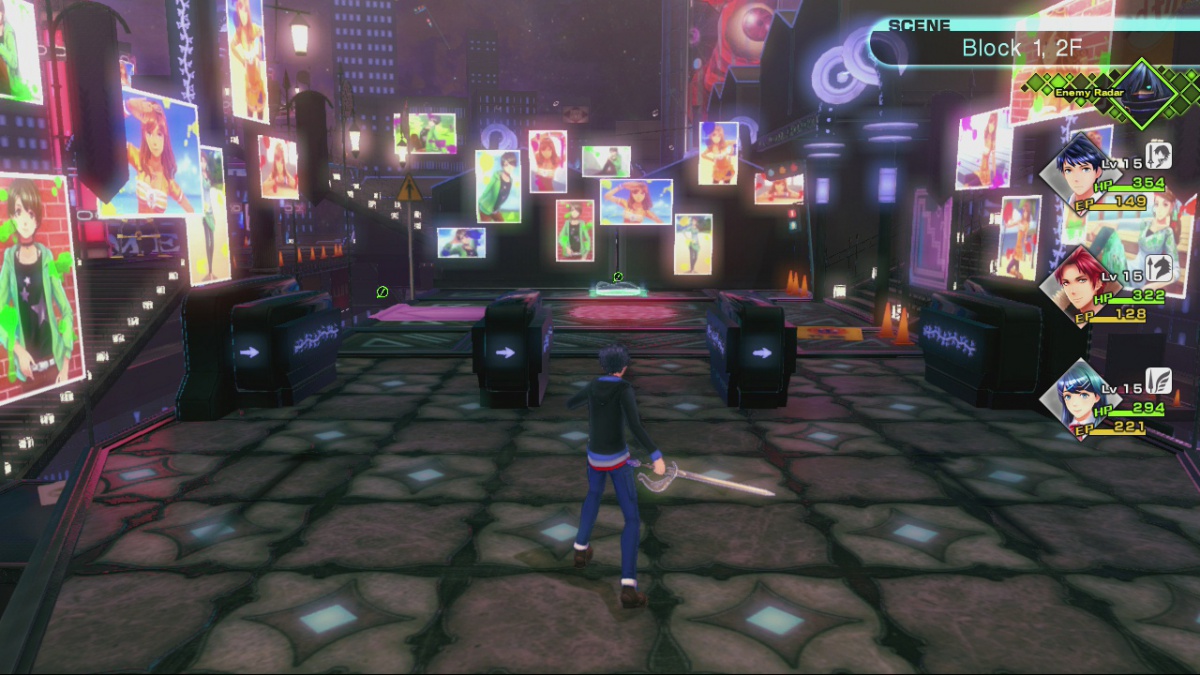 Inside the Idolasphere
Inside the Idolasphere
The meat of Tokyo Mirage Sessions is of course in the combat, and there's plenty of it. Battles take place exclusively in the Idolosphere, effectively dungeons whose entrances bleed into the real world. Each dungeon has a various number of floors and a puzzle which must be solved to reach the end boss. The enemies can come thick and fast but can be batted away with your sword and ignored in the field, only engaging them will start a battle. Levelling up early will allow you to tackle the majority of them fairly easily, however you can also encounter savage enemies, which are tough to avoid and invulnerable to your sword attacks when in the field. The real world / Idolasphere structure helps to break up the game into the usual dungeon crawling segments and story driven segments. Items assist progression in the Idolosphere but finding warp-points will allow you to escape back to base quickly should you need to heal. It works well as a kind of risk/reward system but never really pushes the player to take too much risk, items are generally low priced and once HP and EP (energy points for effect moves) begin to run low, they can easily and cheaply be recovered if you've stocked up before entering.
Once an enemy is engaged, battle begins! The battle system itself will be familiar to those who've played Shin Megami Tensei games, specifically the effect moves which can be executed by each player character in addition to a standard attack, as well as the various strengths / weaknesses each of these effects possess. The battles take place in a beautiful circular arena, accompanied by a cheering crowd. Each member of the cast (party) is stood to one of three sides with the enemies waiting in the middle. In addition to attack, you can use items or guard, which allows you to take less damage as well as recover some EP for those all important effect moves. Effect moves allow you to attack, of course, or raise your defence/offense, recover or cure an ailment and so on depending on how your cast member is set up. Perfoming an effective move on an opponent i.e. exposing their weakness will engage Tokyo Mirage Session's unipue spin on the RPG genre, a session attack, which, if your party is set up accordingly, will see you all attack one after the other in quick succession multiple times. This however only really begins to happen often further into the game once your characters have been levelled up. While session attacks do aid quick levelling up and the dispatching of weaker enemies, beware! Enemies are also able to perform session attacks and can make light work of your entire party.
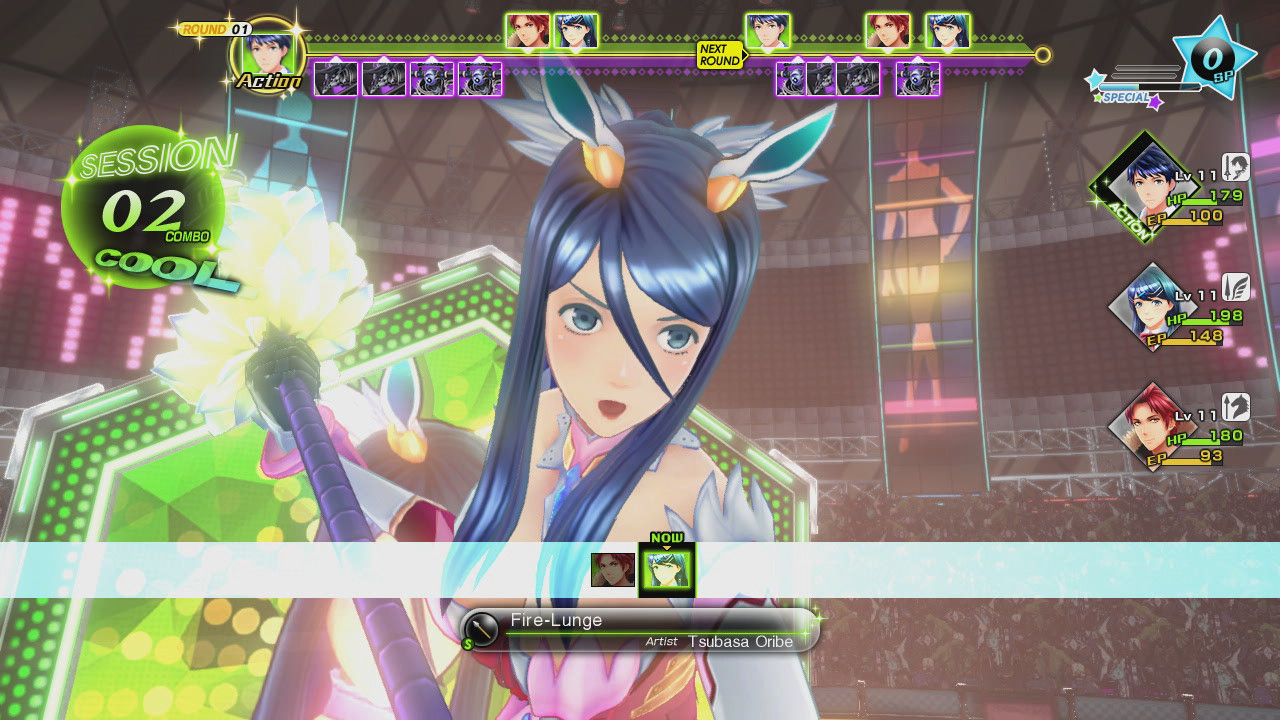 During battle you're shown which move is being used and the 'artist' who is performing it.
During battle you're shown which move is being used and the 'artist' who is performing it.
Performing effective attacks will also give you SP, which can be slowly be saved up to trigger a devastating duo attack which sees you and your mirage attack in unison, though this is naturally best saved for the tougher enemies and takes a long time to recover. Furthermore, you can eventually unlock ad-lib attacks which are triggered at random during battle and are often accompanied by one of the games many J-Pop songs depending on which cast member's perfoming to move. After each battle, enemy drops can be used to make new weapons or upgrade abilities. Weapons themselves can be levelled up and endow the player with new effect moves, though eventually you will be forced to choose, Pokemon style, which moves to keep and which ones to remove, bearing in mind that all of this combines to affect the length and power of your session attacks, lots to manage then! This is all done back at base in Fortuna Entertainment in a place called the 'Bloom Palace', a secret garden style room where bad mirages can't enter, and one that looks strikingly similar to the Temple of Time in Twilight Princess!
The battle and progression system present in Tokyo Mirage Sessions is certainly complex but surprsingly easy to learn, with each new ability being introduced gradually and being carefully explained. As is sometimes not always the case with many JRPGs, Tokyo Mirage Sessions fortunately never really asks too much of the player or forces too many systems into the battle structure. The only complaint is that it's often easy to feel overpowered powering through the Idolosphere before a stornger enemy can suddenly appear from nowhere and wipe out your entire party in one or two turns, especially frustrating if you haven't saved for a while.
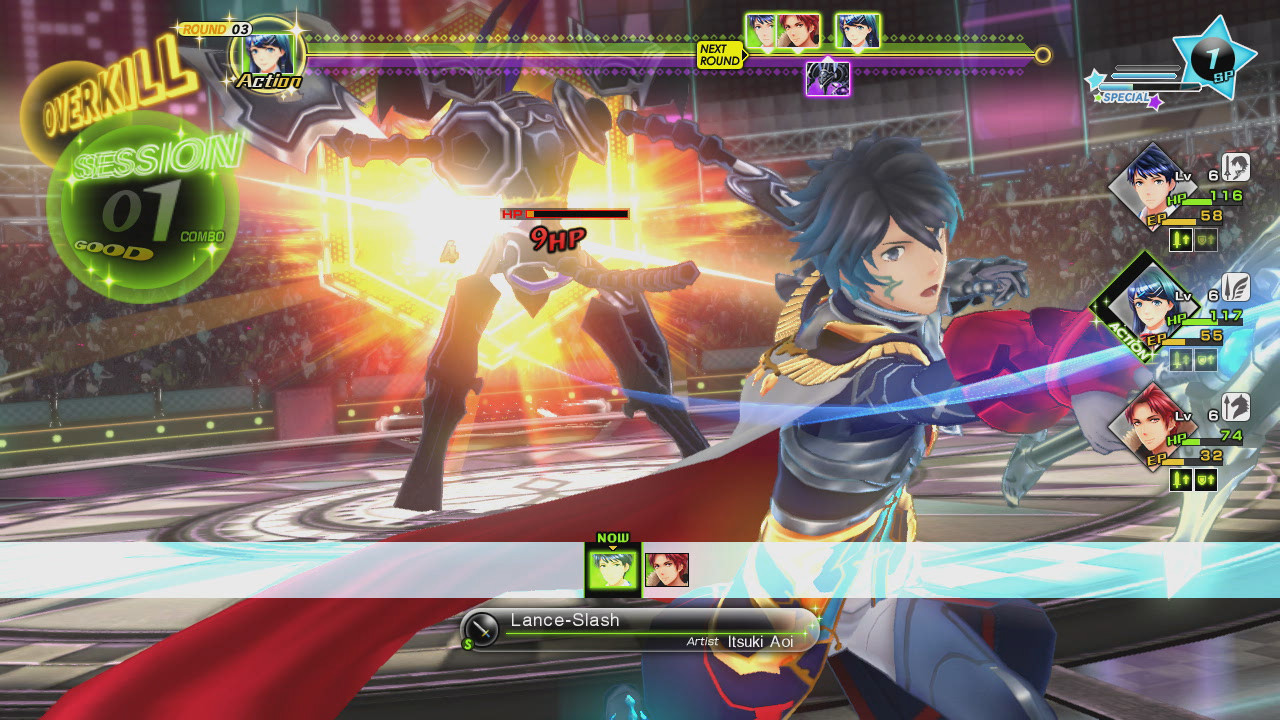 Overkill is acheived by using session attacks on enemies which already have 0HP. Fill up that SP gauge!
Overkill is acheived by using session attacks on enemies which already have 0HP. Fill up that SP gauge!
Aside from the gameplay, another area where Tokyo Mirage Sessions really excells is in the audio-visual department. As discussed above, music features heavily in the themes and plot of the game. Now, I'm someone who had a brief fling with J-Pop way back in 2008 thanks to No More Heroes' "Heavenly Star" song by Genki Rockets. I spent a year exploring J-Pop and J-Ska and eventually gave up on it, concluding it wasn't even that great to begin with. Tokyo Mirage Sessions has now confronted me with that forgotten genre, and you'll be pleased to know it has somewhat re-kindled that J-Pop flame. The soundtrack is simply spectacular. The production values are of an immensly high standard and each charachter even vocalises their own tracks. A great deal of work not only went into finding actors for each role but into casting those who could sing as well. Atlus have done a stellar job in this department and each individual track oozes quality and perfectly fits the game world. Furthermore, the music which accompanies each game area is equally as good, capturing the atmosphere with ease and almost forcing the player to hum along. From Shibuya's pleasent violin strings to the fast-paced battle tunes, to the creepy crones inside the Idolosphere, the music always seems to strike the right note.
In comparison with Xenobalde X there is nothing in here visually speaking that is quite as technically jaw dropping as the Wii U's monster RPG where polygons and pure scope and scale are concerned, instead Tokyo Mirage Sessions presents its own unique, confident and colourful style which works just as effectively. Indeed, this could well be one of the Wii U's most colourful games to date, challenging even the mighty Nintendo when it comes to art direction and outright individual style. The Idolosphere is a pure joy to navigate, with each individual dungeon featuring its own light-on-black colour pallete and unique style from circus inspired halls with mannekins to a rooftop photo-studio. This in-turn captures a dark and dangerous atmosphere within each one, but keeps the player guessing as to just what kind of playground is coming next.
The overworld, in sharp contrast to the Idolasphere, looks like something ripped straight out of an anime, downtown Tokyo is invitingly vibrant with colour and character, and the many NPCs inhabiting the space are completely shaded one colour or another, giving the player a visual clue as to who can and can't be interacted with. The result is spectacular, without exhausting the Wii U's relatively low power, Tokyo feels alive, and this visual choice also gives the player the impression that Itsuki and Co. are really the only ones who have any idea what's going on in the game world. All of this visual splendour is further enhanced by the use of fully-animated FMVs during the key story segments. They are, as you would expect, simply gorgeous and welcomingly break up the action to visualise the narrative, Studio Ghibli would be proud of the sheer quality on display here.
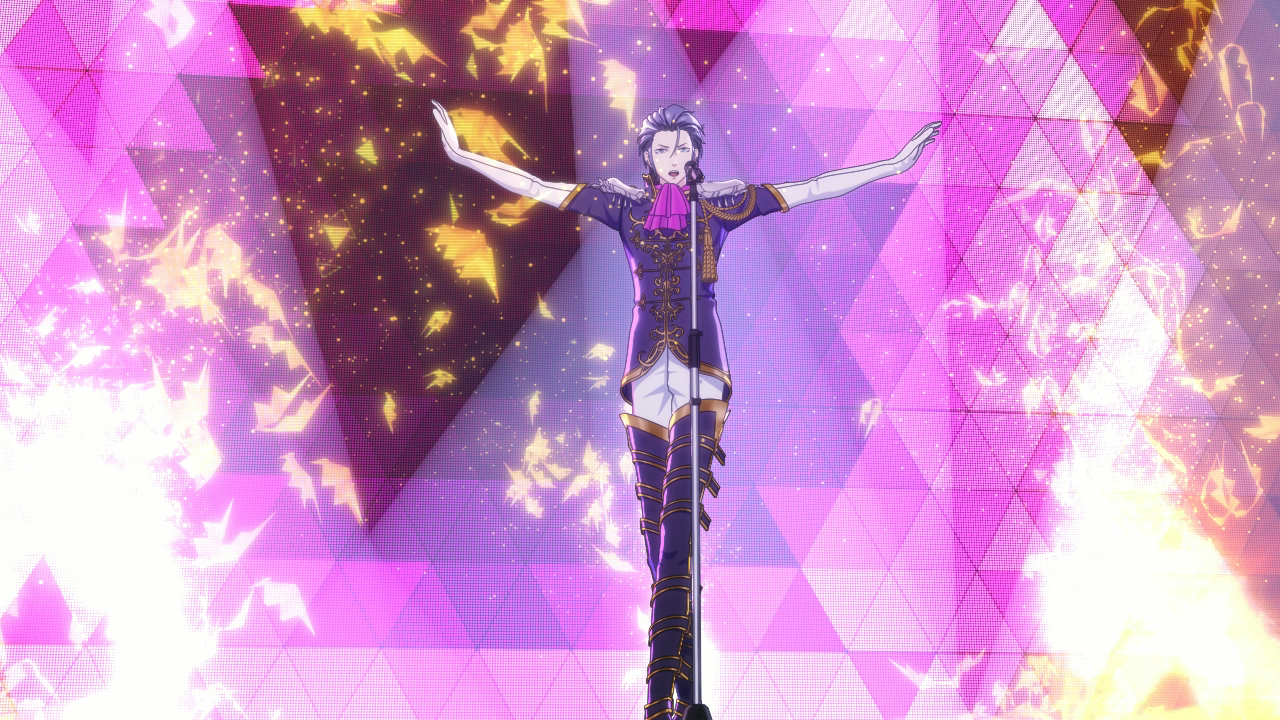 A scene from one of the many animated FMVs. Lovely stuff, eh?
A scene from one of the many animated FMVs. Lovely stuff, eh?
Tokyo Mirage Sessions #FE is an excellent game and one that even the most sceptical of Wii U owners should be prepared to give a try. The premise and general japanese-ness of it all will surely put many off, but lying beneath all the noise is a uniquely charming, beautiful and well accomplished JRPG, with a great battle system and wonderful story. There is simply nothing like it on Wii U and those crying out for a more structured and story-driven experience than Xenoblade Chronicles X need look no further. Atlus' Wii U project is a real labour of love and a shining reflection of the dev team's ability and experience. Regardless of what it was at the start of development, the final prodcut is a resounding success. A worthy entry to the handful of top titles available on the system.
N-Europe Final Verdict
Put your Summer on indefinite hold. Tokyo Mirage Sessions is here and is one of the best JRPGs on a Nintendo home console in years. Seasonsed handheld RPG lovers rejoice, TMS has an innovate, clever battle system and a modern-day setting which makes the game a fresh and entertaining experience, but this time on the big screen.
- Gameplay5
- Playability4
- Visuals5
- Audio5
- Lifespan4
Final Score
9
Pros
- Excellent battle system
- Gorgeous art style
- Fully animated FMV cut-scenes
- Superb soundtrack
Cons
- Occasionally annoying side quests
- Lack of English dub may not please all


